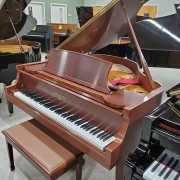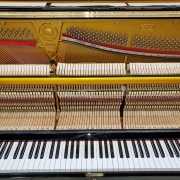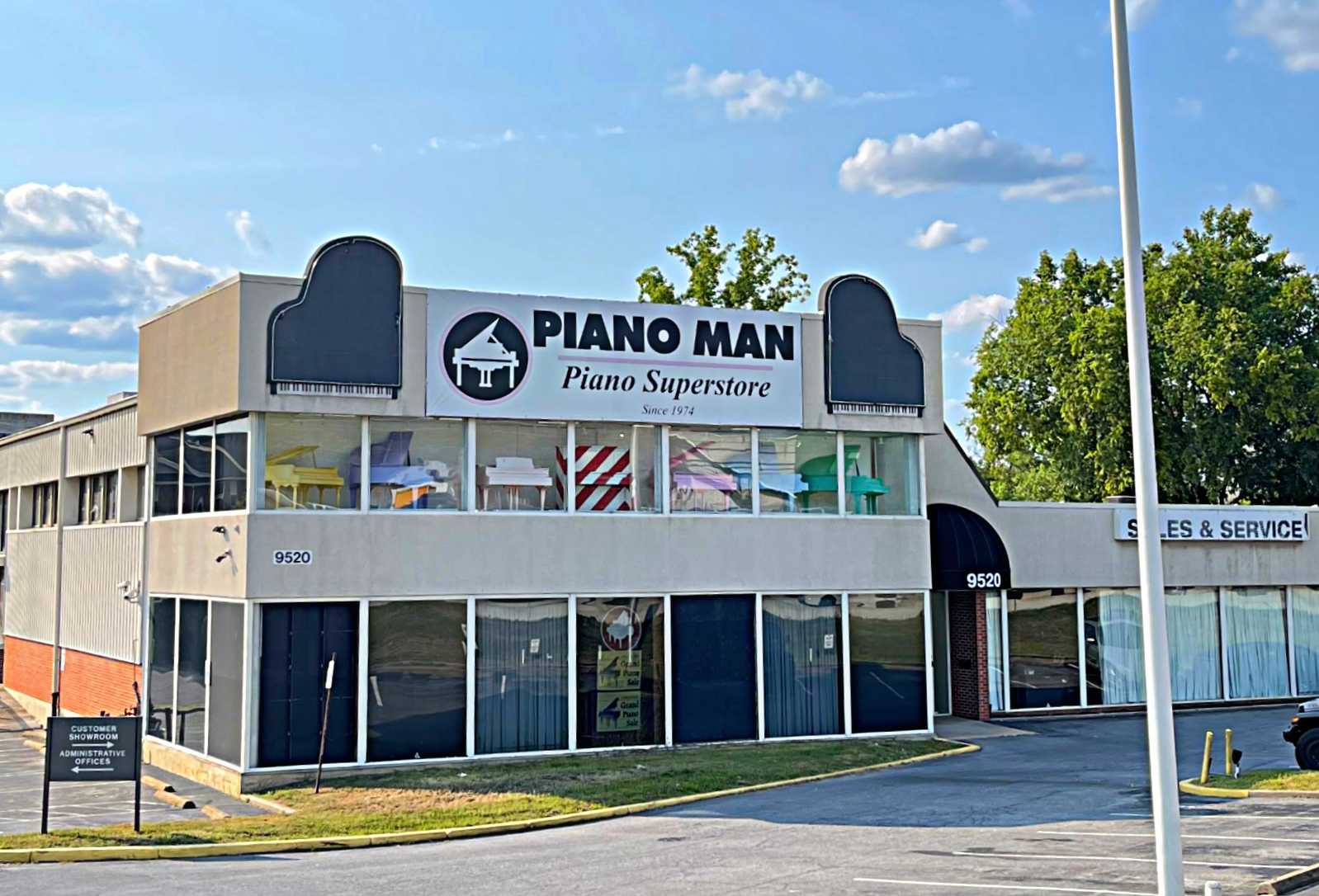Spotlight on Sohmer Pianos
Sohmer & Co., Inc., was established in the eastern US in 1872 by Hugo Sohmer and K. Kuder. Although the company has changed hands several times in the past ~140 years, it is still considered one of the leading piano manufacturers in the world. In particular, Sohmer is known for:
- Creating the first baby grand piano in 1884
- Patenting agraffe bars and actions in 1882 (An agraffe is a guide for bass, tenor and lower treble strings at the tuning pin end of the strings in grand pianos. An agraffe bar positions the strings and determines the length of string that will vibrate.)
- Patenting a 4-string agraffe in 1887
- Patenting a pianissimo (“very softly”) dampener pedal in uprights in 1887
- Patenting bridge agraffes in 1890
Sohmer pianos have been produced by several companies throughout the brand’s history, mostly in the US, as detailed below:
- Sohmer & Co., Inc., was family-owned and operated from Long Island, NY, from 1872 to 1982.
- In 1982, the family sold the company to Pratt Reed & Co., who manufactured Sohmer pianos in Ivoryton, CT.
- Robert McNeil bought Sohmer in 1986 and relocated its manufacturing facilities to Elysburg, PA, in 1988.
- In 1989, the owner of Falcone Piano Co., Bernard Greer, bought the rights to produce pianos under the Sohmer, Knabe, Mason & Hamlin, and George Steck names.
- Sohmer’s parent company was Mason & Hamlin Corp. until 1994, when the company went bankrupt and the Sohmer factory in PA was closed.
- The Burgetts, owners of Music Systems Research, bought Mason & Hamlin’s assets in 1996, but a new Sohmer brand didn’t emerge until 2001.
- Persis International, Inc., has been producing Sohmer pianos since 2001, but SMC–distributors of Samick pianos-also claims to have licensed the Sohmer name from the Burgetts. During the dispute between Persis and SMC, Sohmer pianos were produced by 2 companies–Persis in Chicago, IL, and Royale in Korea, Indonesia, and later (2007) Tennessee.
Citations
Ashley, Larry E. “Pierce Piano Atlas, 11th Edition.” Bob Pierce, 2003, Albuquerque, NM.
Fine, Larry. “2006-2007 Annual Supplement to The Piano Book, Buying & Owning a New or Used Piano.” Brookside Press, 2006, Jamaica Plain, MA.
“Sohmer and Company Established in New York, 1872.” Total-piano-care.com, 31 Mar 2020, https://www.total-piano-care.com/sohmer-and-company.html.

 2020, Piano Man Superstore
2020, Piano Man Superstore 2020, Piano Man Superstore
2020, Piano Man Superstore

